I finally made it to the range last weekend. It has been a long time, too long. I decided that I was going to measure some of my reloads now that I have a chronograph. The truth is, I have withheld doing any further reloading due to lack of data. I didn’t think that it made any sense to keep plowing through and loading blindly. I did get some really valuable information that I will share that next week as I have a lot of data to crunch.
Today is just going to be a grab bag of random range anecdotes. I was shooting a batch of .357 Magnum loads that I made at different powder levels through my Rossi 92 rifle. I thought that I would also bring a box of .38 specials to compare. Since I have started reloading, my inventory strategy has been to reload range ammunition and replace what I have shot with higher performance ammunition, like personal defense loads.
I also try to shoot the oldest stuff first. Realistically, I only have a few boxes of factory loaded range ammunition left (in 38 special). This was one of the boxes I had. You will notice that it is stamped from the store I purchased from.
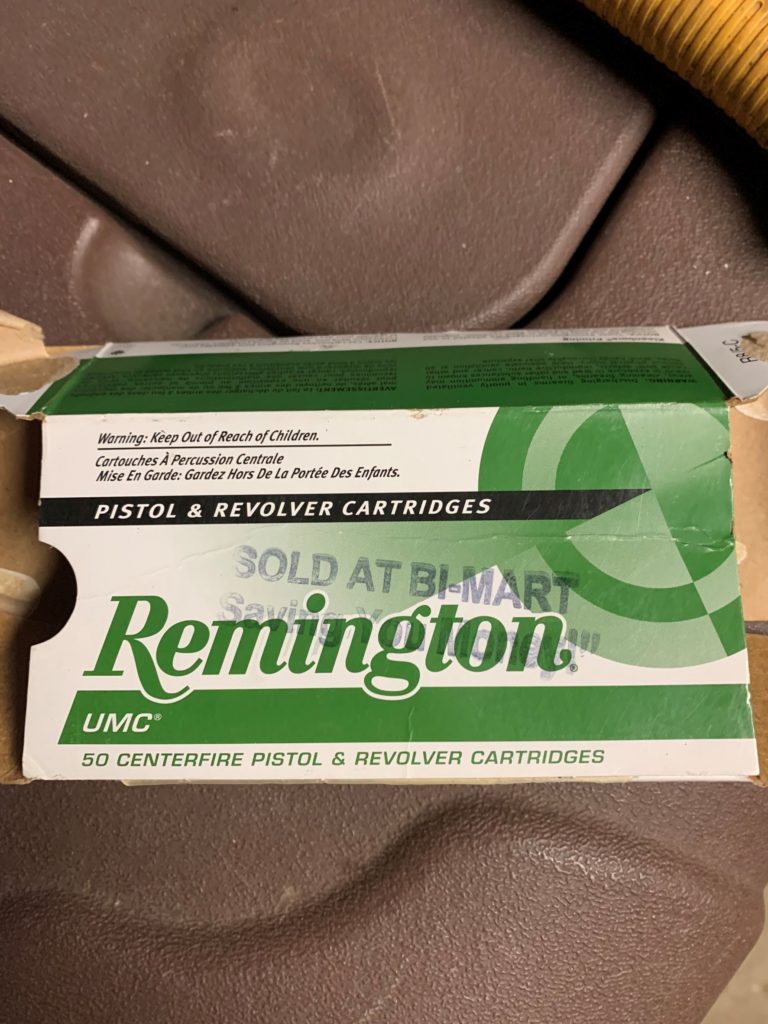
This tells me that I bought this around 2011. If you remember the first Obama ammunition scare in 2010, things were starting to get back to normal in 2011. The store was marking ammunition to cut down on resale markups. For a while and before e-commerce really was working well, people would buy ammunition at stores and then re-sell it at gun shows and other want ad type venues. Today, people are just going to pay inflated prices online or break cases.
It was a lovely day at the range, aren’t they all? It was supposed to be 98 degrees that day but the whole world around us was on fire. That meant that there was smoke in the air and the temperatures were not nearly as hot as they were forecasted because the smoke blocks the sun like clouds do. This was the moon when I got home.

Friday night we had red flag warnings, forced evacuations and local road closures. By Sunday we had our first measurable rainfall. A sure sign that the seasons are changing. This wasn’t before the fire season made it’s presence felt.
That transition usually means that the rifle range is super busy. People are getting ready for hunting season. On this day, the range was hosting it’s ‘sight-in days’. A public fundraiser where people can get help sighting in their rifles. I haven’t ever done this, but if it like any other Saturday it would be hopping busy. I decided to go late in the afternoon, usually the slowest time of the day. I was actually surprised to see that the entire range was a ghost town. I got to pick my bay of choice. That was nice.
Finally, they say that shooting sports are for everyone. You don’t have to tell her twice.
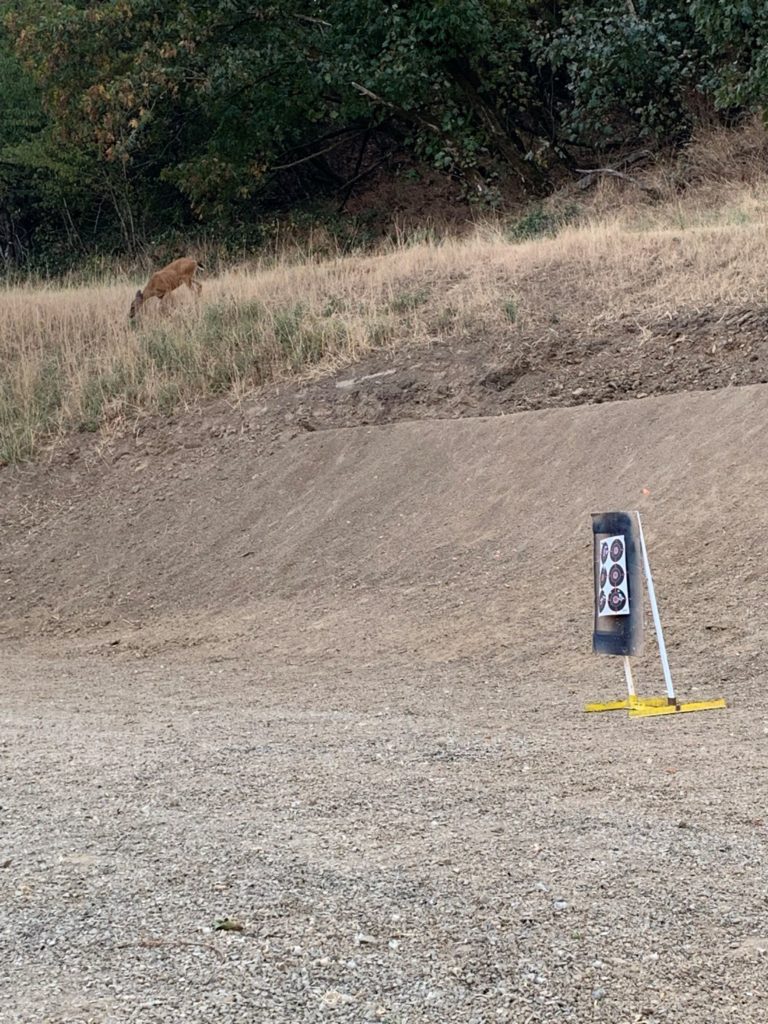
I was picking up my targets to get ready to leave and there was a doe standing on top of the berm that I had been shooting at. She was directly above my target but I had left my phone on the bench. So, by the time I went back to get it, she moved over to the left. I was trying to get a picture that included the deer and the target in it.
End Your Programming Routine: Summer time is a great time to go to the range. It is not always fun holding onto cold steel or having your shoes caked with mud. Not to mention as the light quickly dwindles, the practical hours at the range are cut down. Maybe this will be the year that I spend time gathering data instead of focusing on hitting the target. In which case, I can pretty much setup anywhere on the range.

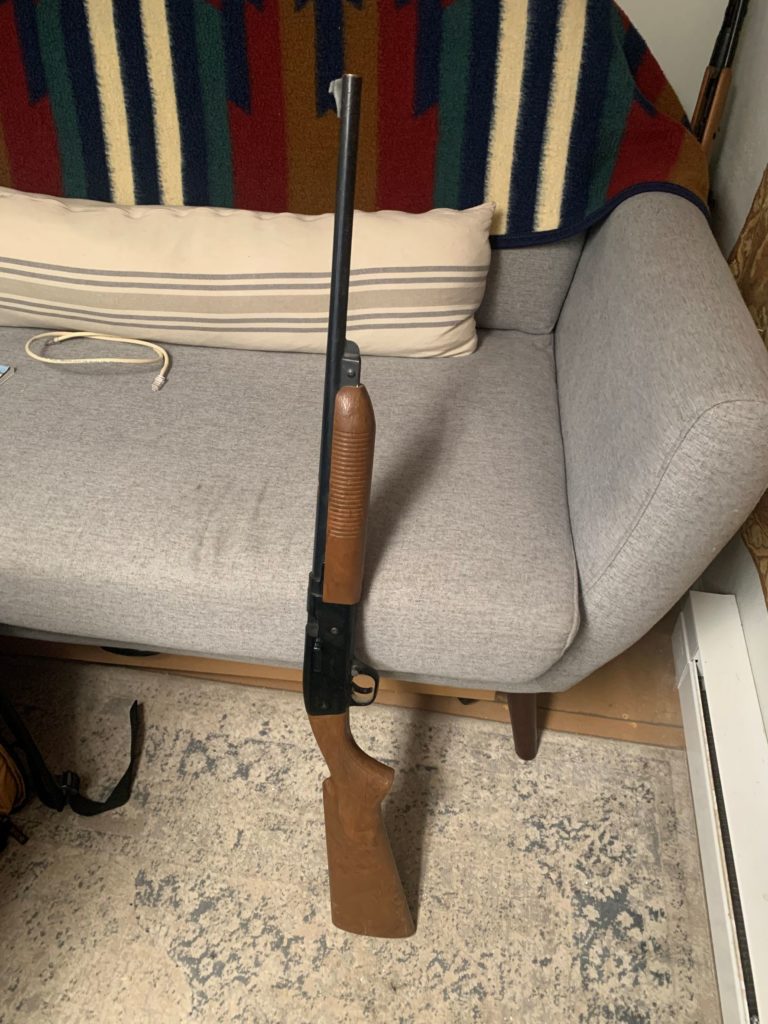
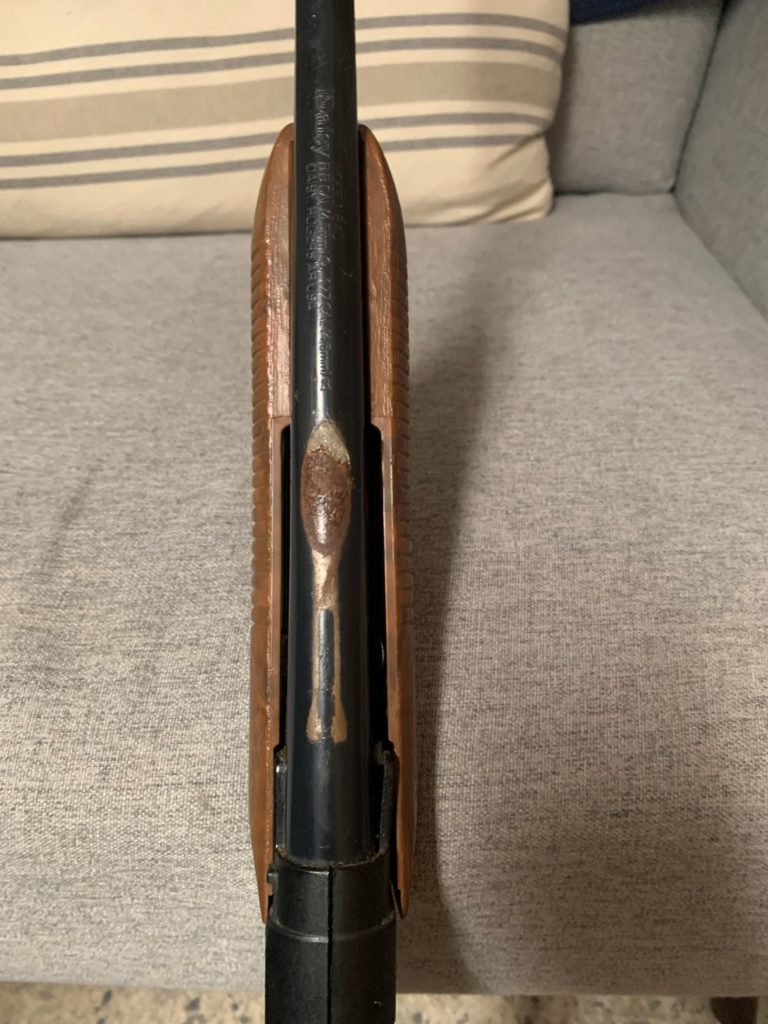
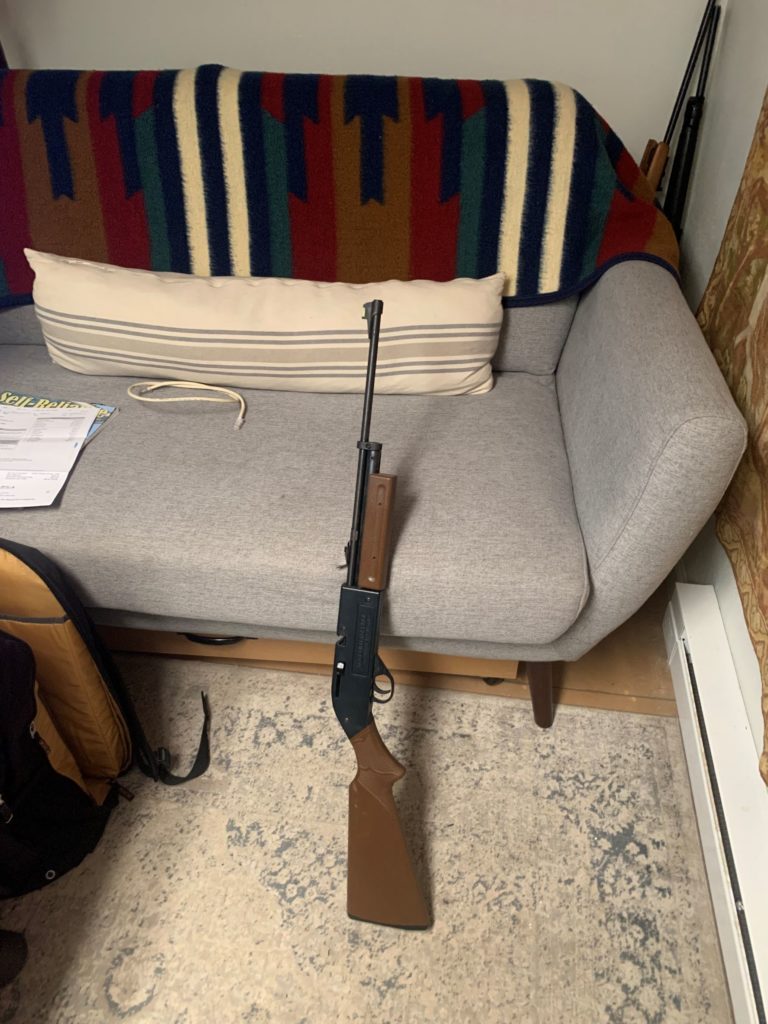






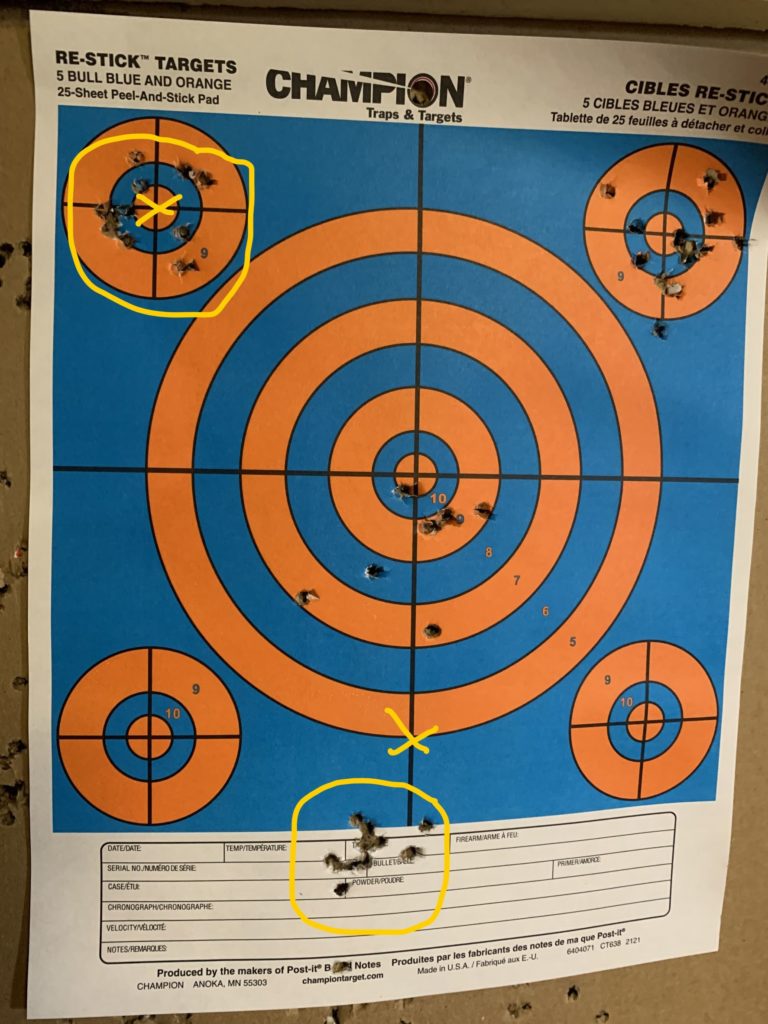


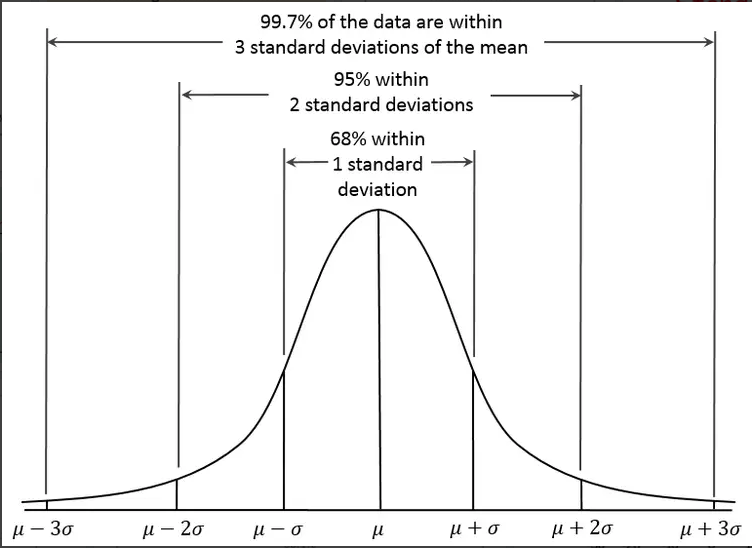
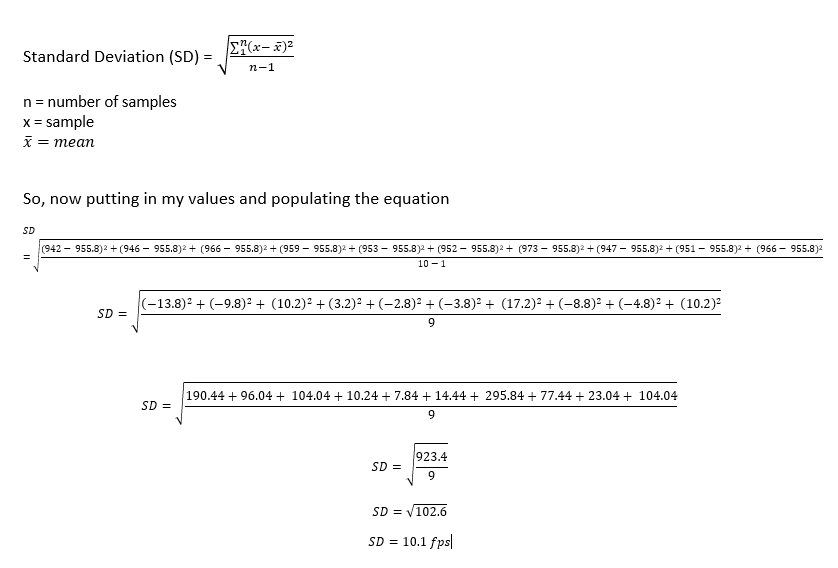
Recent Comments